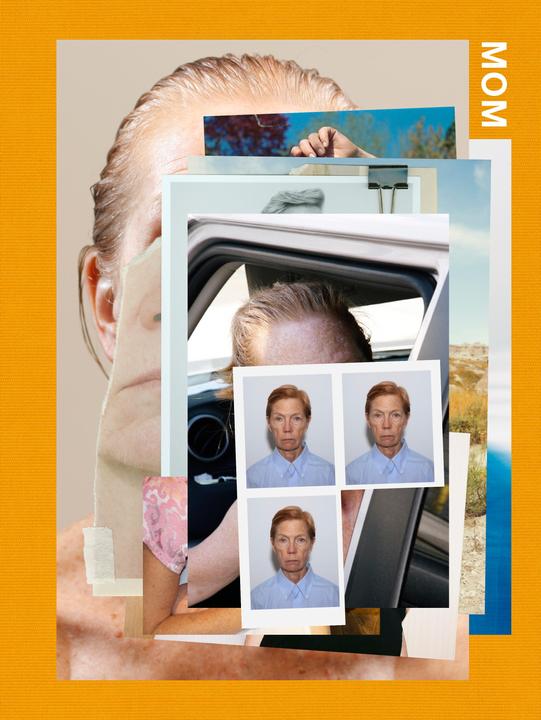
Best Edition Patrick Frey products in the Non-fiction category
On this page you'll find a ranking of the best Edition Patrick Frey products in this category. To give you a quick overview, we've already ranked the most important information about the products for you.
1. Edition Patrick Frey 25% Painting
As a child of postmodernism, Swiss artist David Renggli weaves popular culture and art historical topoi into a homogeneous whole with playful ease in his work. The starting point of this book is Renggli's exhibition "The Charm of Ignorance" (2013) at the Museum Bellpark in Kriens. Renggli mounted around 2000 images in a rigid St. Petersburg hanging style. The collages intertwine opposites by drawing from images of fashion magazines and pornographic magazines, art catalogs, and found photography. The viewer becomes lost in the act of looking and enters a trance-like state. The staging is a celebration of the creative act, producing an immense number of individual works in a state of creative acceleration— the artist works on each image for about three minutes. At first glance, they seem familiar, but upon closer inspection, their surreal-grotesque absurdity is revealed to the viewer. Moments of surprise and redundancy as an aesthetic principle are recurring themes in Renggli's work, leading to a wondrous state of ambivalence that connects us to both sides of a problem, embracing the both-and. 497/2000 gathers a selection of nearly 500 of the originally around 2000 collages, which are randomly rearranged repeatedly during the printing process—each book thus becomes a unique piece.

2. Edition Patrick Frey Muhammad Ali, Zurich, 26.12.1971
The photo book "Muhammad Ali, Zurich, 26.12.1971" offers a unique insight into the life and career of the legendary boxer Muhammad Ali during his stay in Zurich. Photographer Eric Bachmann documents Ali's preparations and experiences leading up to his fight against Jürgen Blin, which took place on December 26, 1971. This publication highlights not only the sporting aspect but also the cultural and social contexts that shaped Ali's visit to Switzerland. The reader is immersed in the atmosphere of this special time through impressive photographs and accompanying texts. The combination of biography and photographic art makes this work a valuable contribution for sports and boxing fans, as well as for anyone interested in the history of boxing.
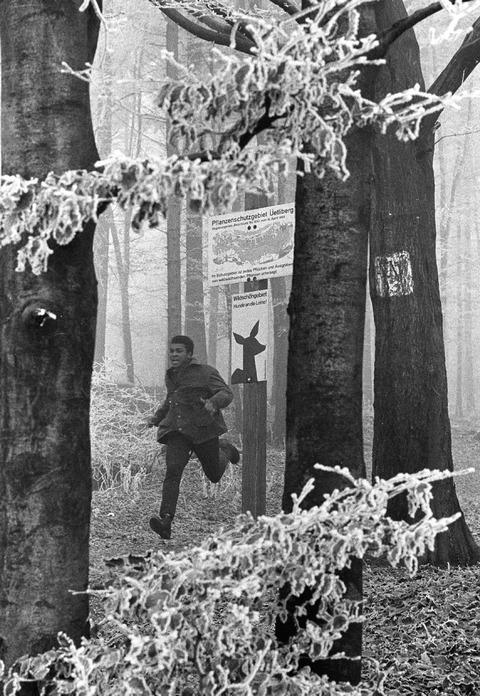
3. Edition Patrick Frey Studiolo /
The monograph Robert & Trix Haussmann launches the publication series STUDIOLO / Edition Patrick Frey, a collaboration between the publisher and the exhibition space STUDIOLO. Curators Fredi Fischli and Niels Olsen run a diverse program of contemporary art production in a studio house in Zurich. The exhibition The Log-O-Rhythmic Slide Rule in spring 2012 focused on the work of Trix and Robert Haussmann and serves as the starting point for this publication, which offers in-depth insights into the rich oeuvre of the Swiss architect-designer duo through images, essays, artist contributions, and a conversation. Trix and Robert Haussmann are among the most important architects, designers, and theorists shaping and redefining classical modernism in Switzerland. Their life's work currently includes around 650 realized projects; in Zurich, among others, the Da-Capo-Bar.

4. Edition Patrick Frey Stone and Makoto
Makoto Fujiwara is a Japanese sculptor who primarily worked in Europe, far from his birthplace, a small temple deep in the Japanese mountains. Over the past four years, this book has developed as a documentation of his work as a sculptor and a very personal account of his unending playful curiosity and inherent perseverance in his search for the meaning behind things, following the call of his name - Makoto, "truthful" - devoted to the seemingly impenetrable material: stone. This collection of stories, observations, events, and insights, scrawled by the artist on large sheets of paper, allows us to become intimately familiar and participate as witnesses to numerous repeated processes - chiseling and polishing - that unfold over long periods. The preparatory work such as scouting, recognizing, lifting, and moving, the aftermath of placing and integrating into the surroundings, the numerous interpersonal exchanges along the way when he invites colleagues to collaborate or shares his work with friends. The world that unfolds here inspires an appreciation for the unconditional and arbitrary within us, viewing "un-making" as a constantly available option. After Makoto's passing, we must complete this book in good faith, unfortunately without receiving his final seal of approval. - Andreas Schneider.

5. Edition Patrick Frey Balika Mela
Gauri Gill is a Delhi-based photographer. Among her best-known and most compelling works are her family albums of Indian diaspora communities in America, village communities in northwest India, and Afghan Indians in Delhi. For the last ten years, Gill has been working with rural communities in Rajasthan. In 2003, the NGO Urmul Setu Sansthan organized a Balika Mela, a fair for girls, in the village of Lunkaransar, which was attended by around 1,500 girls from seventy surrounding villages. The event featured stalls, performances, a Ferris wheel, games, magicians, puppet shows, and competitions. In addition to the usual attractions, mock elections were held to sensitize young people to democratic electoral processes. As part of the event, Gill photographed the participants in a temporary photo studio.
At the Mela, I ran a photo booth where girls could get their pictures taken. I had found some elementary props and backdrops, everything we could get in the local village and within our limited budget. Everything was pretty minimal, and since it was dusty and we were outside in the desert, everything was blown away anyway. However, many of the interesting props, such as peacocks and paper hats, were brought by the girls themselves. Individual girls, friends, sisters, girls with their teachers, or whole classes had their pictures taken, and later they received all the black and white prints of their portraits at a reduced price. Some of the girls learned to take photographs in the workshops we organized in May 2003, and two years later, they documented the fair in their turn.
In 2010, Gill returned to the Mela and, after a long hiatus, opened an exhibition of the 2003 portraits. Many of the girls pictured were there again, or others who knew the portraits. Gill photographed again, this time in color. The photographs from 2003 and 2010 are now published together for the first time in an illustrated book by Edition Patrick Frey.
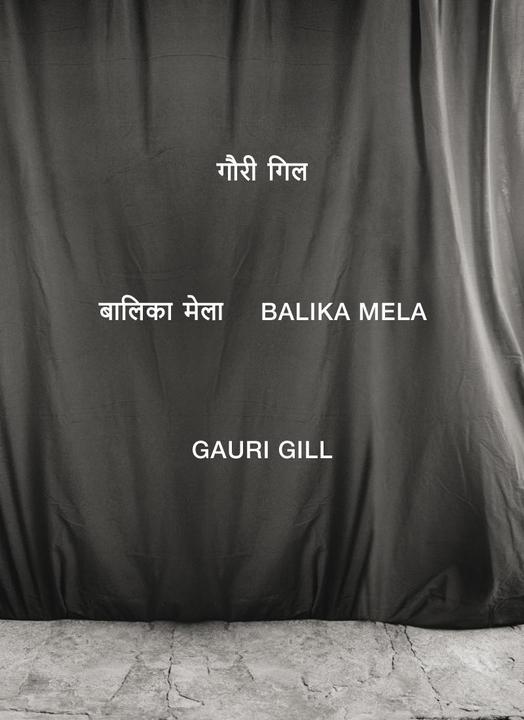
6. Edition Patrick Frey I Like Nsima and Fish
"I like Nsima and Fish" brings together portrait photographs of twenty young people from Malawi, who in 2001 - at the suggestion of Martin Schaer - captured themselves, their surroundings, and their daily lives with an analog camera. Eight years later, Nicola Carpi and Martin Schaer revisited the now-adult individuals to learn what had become of them. This resulted in a photo book featuring texts from the subjects about their biographies and their expectations for the future. "I like Nsima and Fish" presents twenty African stories that provide insight into a world where, despite differences, parallels to the West can often be found.

7. Edition Patrick Frey Zenker
In 1889, the Leipzig-born gardener and botanist Georg August Zenker became head of the Yaoundé research station in the German colony of Cameroon. After six years in office, Zenker was unexpectedly dismissed from his position. In fact, he is said to have lived in polygamy with several African women at the station and to have had children from these relationships. Zenker then left Cameroon, but soon returned as a private citizen. He settled with his family (a woman from Dahomé and five children) in Bipindi, deep in the Cameroonian jungle, where he had the Bipindihof built - a house in the German colonial style and large plantations for growing cocoa, rubber and bananas. Zenker earned the majority of his income as a collector of numerous plant and animal specimens as well as ethnological objects for German museums. On the one hand, Zenker's actions and thoughts were strongly characterised by colonial thinking. However, he also repeatedly showed moments in which he opposed the colonial and militaristic practices of his superiors and compatriots. He died in 1922 and is buried at the Bipindihof. Today, Zenker's descendants live far and wide in Cameroon and Europe, but many of them still refer to the now dilapidated Bipindihof as their family's place of origin. For their project, photographers Yana Wernicke and Jonas Feige travelled several times to what is now the Republic of Cameroon to follow in Zenker's footsteps and take portraits of his descendants.
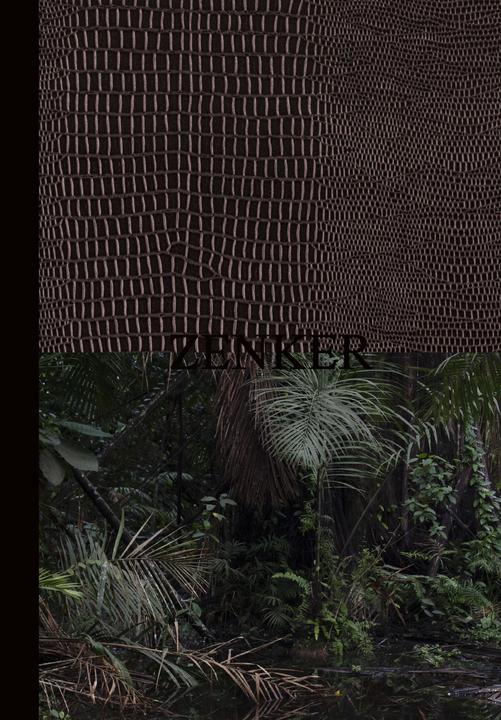
8. Edition Patrick Frey A Drug Free Land
Thomas Kern lived and worked in America for eight years. During this time, he attempted to capture the essence of a country that has been documented many times before through numerous travels and reports. More than 70 years after Walker Evans' social documentary photography and 50 years after Robert Frank's "The Americans," he succeeds in conveying an authentic, disparate image of contemporary America through poignant, laconic black-and-white photographs. As a silent observer, the subject of his work is the unremarkable everyday life of the country and its people. It serves as a visual commentary on the state of the nation, presented in images that seem easily consumable and familiar, yet remain strangely resistant. "One can tell everything and nothing about America. America captivates everyone, caught between a myth that will never die and a reality that is often overlooked. It is a country that is always and everywhere clear, yet never allows for just one interpretation. It is a land we all recognize but never fully know. This is the country we want to find." (Gerhard Waldherr).

9. Edition Patrick Frey Nsenene
Grasshoppers, known as "nsenene" in Uganda, are a delicacy and an important source of income there. Twice a year, they migrate in masses right after the rainy season. Huge swarms flood the sky just before sunrise. Night after night, large parts of the population stay awake until dawn to catch grasshoppers and sell them. The omnipresence of the grasshoppers and their greenish shimmer, which fades into the night mist and the smoke of the bonfires, envelop the entire country in a surreal atmosphere, enhanced by the quirkiness of the crafty hunting techniques and homemade devices. Moments of frantic activity alternate with long waiting periods, during which people rest a bit or pass the time. Their high protein content makes these creatures a promising food source for the future. The Food and Agriculture Organization of the United Nations has stated that edible insects on the menu of more people could reduce hunger and improve food security worldwide. On the other hand, deforestation in recent years has led to a drastic decline in the number and diversity of migratory insects. Additionally, climate change is making the rainy seasons in Africa increasingly unpredictable, as timing is crucial when setting traps. The hunt for grasshoppers takes place on a very narrow line between past and future, tradition and modernization, which Italian photographer Michele Sibiloni captures in his atmospherically rich imagery. Through immediate portraits and cinematic sequences, they tell not only about the self-understanding of Ugandans but also about the future prospects for the planet as a whole.
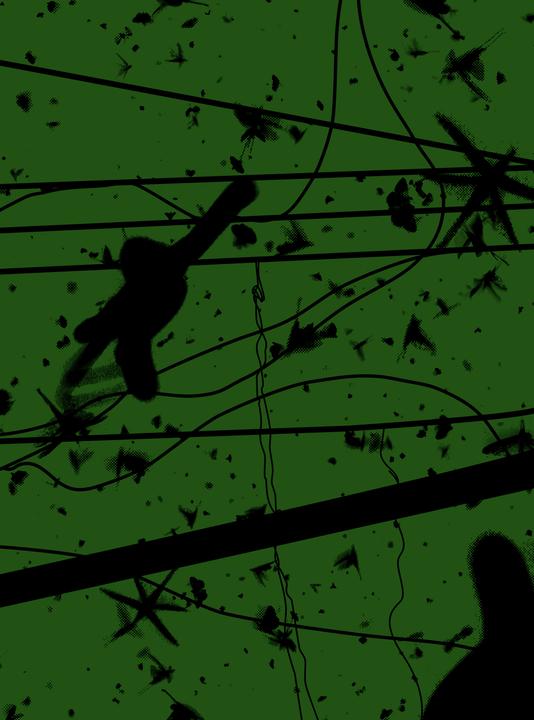
10. Edition Patrick Frey Mom
The title of this book reveals who is in front of the camera: Kathleen McCain Engman has been posing for her son Charlie since 2009. In "MOM," we face a woman we will never truly know: her intense gaze and freckled skin will soon become familiar to us, yet the roles she takes on in the images become increasingly unclear. Engman began depicting his mother because she was available and always willing to meet the demands of her children. What started as a natural occurrence evolved into an intense collaboration. The result is neither a family album nor a tribute to a mother, but a much deeper and more complex interaction. One that questions the limitations of familiarity, as well as the rules and boundaries surrounding role and representation, vulnerability and control. It also engages with the act of seeing and being seen.
